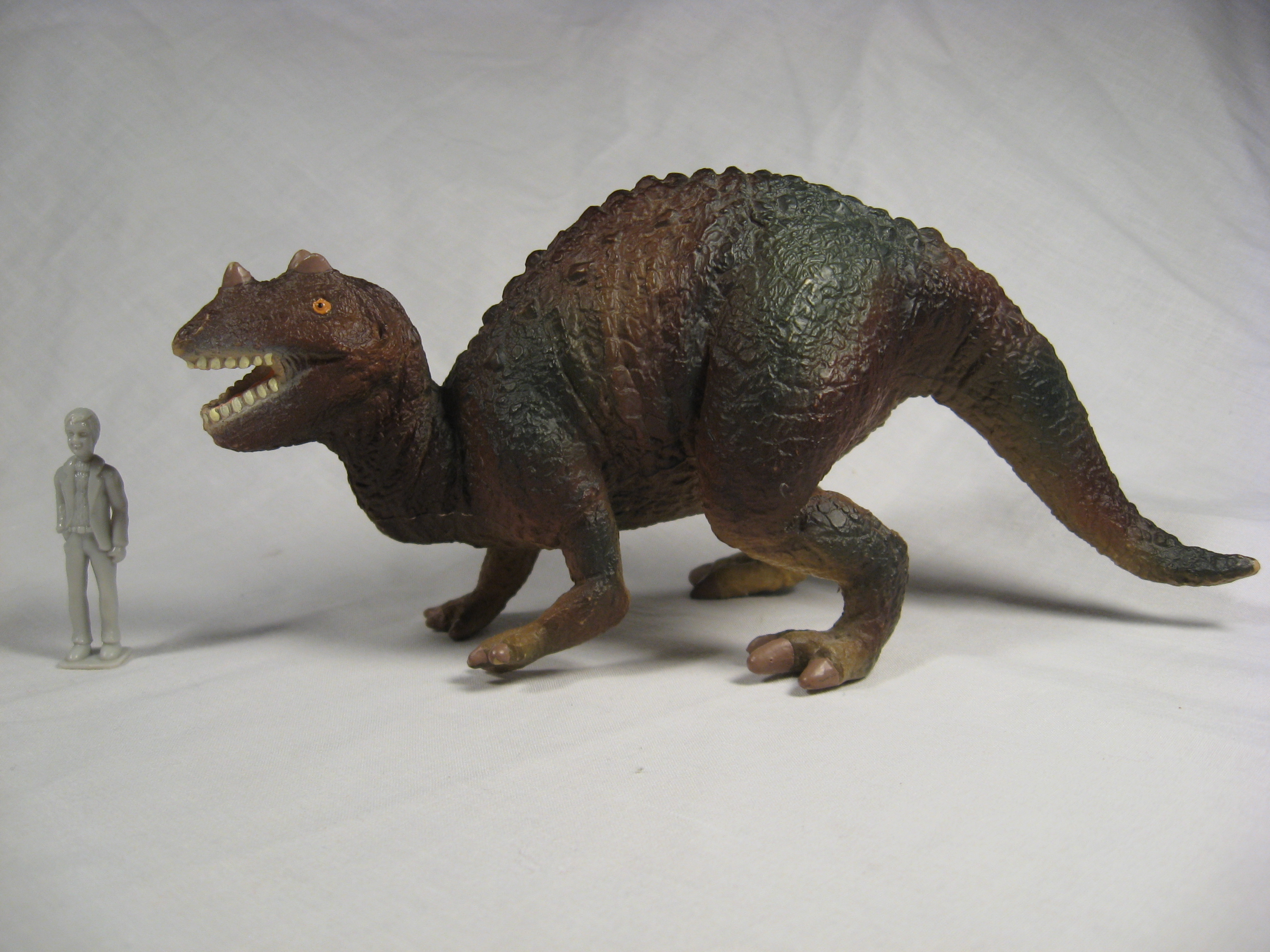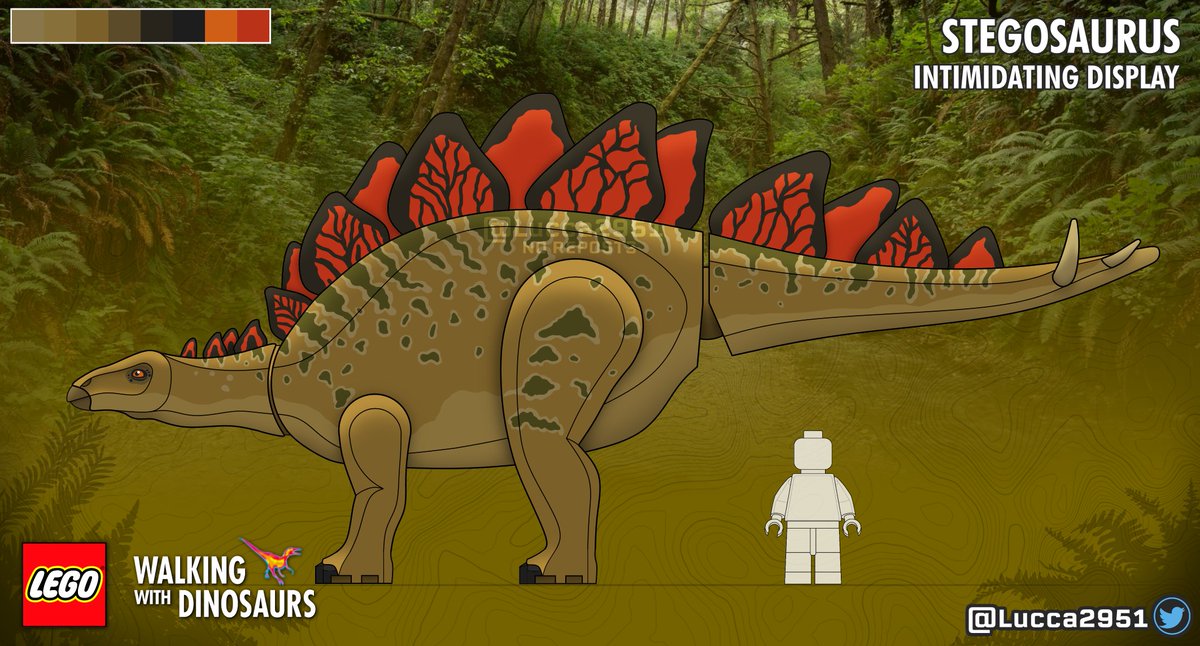

In actuality, Liopleurodon was only about 7 meters long and weighed a little over 3 tonnes on average, about the size of a killer whale (2). The narrator describes it as being “25 meters long and weighing 150 tonnes”, giving Liopleurodon status as the largest animal EVER. Take for instance the size of the marine reptile Liopleurodon featured in episode 3. While some of these errors are a by-product of larger-scale changes in paleontology over the last 21 years, others are not so forgivable. Everything from dinosaur names to when they lived to their size and appearance is all far from the factual. While WWD is a good series, it is one of the least accurate dinosaur documentaries available. WWD came out precisely at the right time, making it an innovative series on the lives of dinosaurs, as well as serving as a template for many future dinosaur documentaries as well. It was during this time that WWD was released, greatly increasing the accessibility of paleontology, as a distinct scientific field, to the public. This revolution ushered in new science on how dinosaurs lived and evolved, giving us a clearer picture of the behaviour of dinosaurs. Six years prior to its 1999 release, the first Jurassic Park film came out, ushering in a massive revolution in the field of paleontology. WWD was released at the apex of a dinosaur frenzy in popular culture. In terms of commercial and critical success, you could call WWD the most beloved dinosaur documentary of all time.

The series won two BAFTA awards for its soundtrack and innovation in addition to three Emmy’s, and three additional, miscellaneous nominations. WWD’s premise of a nature documentary set in prehistory not only resonated positively with the public, but with critics as well. The series had an average of 17.18 million viewers per episode in the UK (1), a resounding amount for any documentary. The initial debut of WWD was a resounding success for the BBC. The show is appealing in that it truly immerses you in the lives of extinct animals, taking you through their trials and tribulations. Every episode has its own unique locations, species and storylines.

For six episodes, the series transports the audience into the past to experience the harsh lives of the dinosaurs, giving us a taste of what life was like for these magnificent animals. Walking with Dinosaurs (WWD) is a hypothetical glimpse into the life of prehistoric creatures set in the format of your typical nature documentary. For today’s edition, I will be discussing another BBC project, the original Walking with Dinosaurs television series. Welcome back to Dino Docs! In my first instalment I chose to highlight the legendary BBC series Prehistoric Park, which is far and away my favorite documentary of all time.


 0 kommentar(er)
0 kommentar(er)
